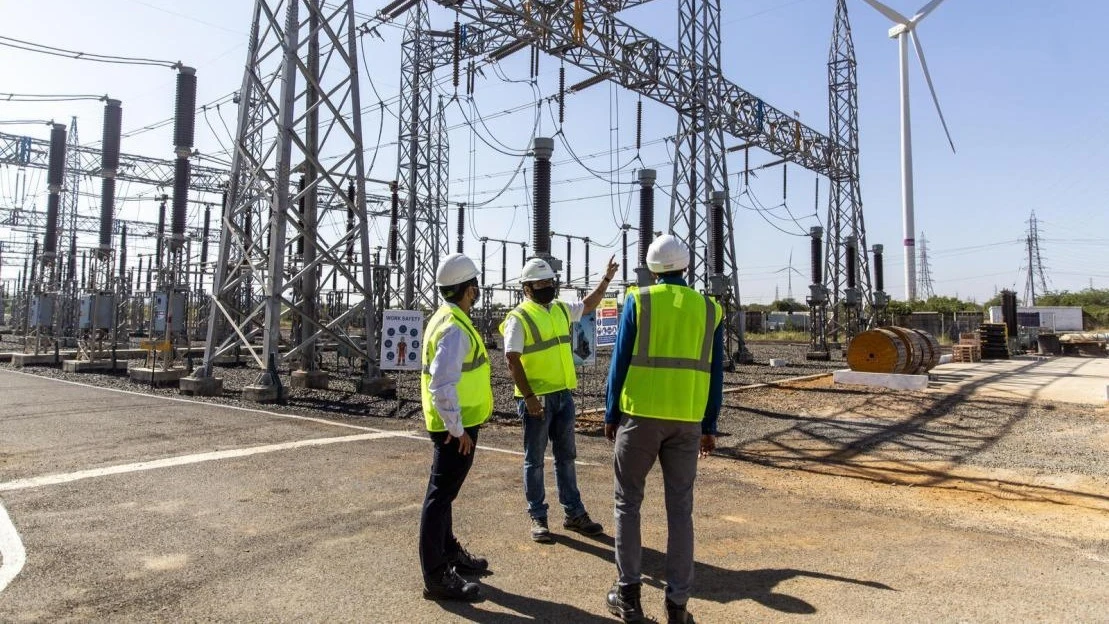Global energy demand doubles in 2024 driven by extreme temperatures, IEA

Global energy demand growth surged in 2024 to almost twice its recent average, driven by rapidly rising electricity use, the International Energy Agency (IEA) said in its global energy review 2025 report released on March 23.
Most of the growth came from emerging & developing economies, but demand also rose in advanced economies after years of declines, IEA the Executive Director of the IEA Fatih Birol said in a social media post.
“Global energy demand grew by 2.2 percent in 2024 – faster than the average rate over the past decade. Demand for all fuels and technologies expanded in 2024. The increase was led by the power sector as electricity demand surged by 4.3 percent, well above the 3.2 percent growth in global GDP, driven by record temperatures, electrification and digitalisation,” the report said.
“Renewables accounted for most of the growth in global energy supply (38 percent), followed by natural gas (28 percent), coal (15 percent), oil (11 percent) and nuclear (8 percent).”
“Global electricity consumption rose by nearly 1,100 terawatt-hours (TWh) in 2024, more than twice the annual average increase over the past decade. The increase – more than Japan’s annual electricity consumption – was the largest ever, outside of years when the global economy rebounded from recession. China made up more than half of the global increase in electricity demand, but the rise was broad-based, with growth of 4 percent in other emerging and developing economies. Electricity demand reached a new high in advanced economies,” the IEA said.
Emerging and developing economies accounted for over 80 percent of global energy demand growth, says IEA.
In China, growth in energy demand slowed to under 3 percent in 2024, half the rate in 2023 and well below China’s average annual growth of 4.3 percent in recent years.
Nevertheless, China still saw the largest demand growth in absolute terms of any country in 2024 while India saw the second-largest rise in energy demand in absolute terms – more than the increase in all advanced economies combined.
Advanced economies also saw a notable return to growth in energy demand after several years of declines, with demand rising by almost 1 percent.
The United States saw the third-largest absolute demand growth in 2024 after China and India. The European Union returned to growth for the first time since 2017 (aside from the post-Covid rebound in 2021).
As electricity use soared around the world for cooling, industry, EVs & data centres, all energy sources stepped up to meet rising energy demand Renewables accounted for the largest share of demand growth, followed by natural gas.
China saw the largest increase in energy demand in absolute terms in 2024, but its rate of growth slowed to less than 3 percent, half the 2023 rate. The US saw the 3rd biggest rise, and demand in the EU increased for the 1st time since 2017 (excluding the economic rebound from Covid).
Global oil demand growth slowed markedly in 2024, in line with the IEA’s forecast. Oil’s share of total energy demand fell below 30 percent for the first time ever, 50 years after peaking at 46 percent.
Demand for oil rose by 0.8 percent in 2024, compared with a 1.9 percent increase in 2023. However, trends varied between sectors and regions.
Oil demand from global road transport fell slightly, driven by declines in China (-1.8 percent) and advanced economies (-0.3 percent). Oil demand from aviation and petrochemicals grew.
Natural gas saw the biggest increase in demand in 2024 among fossil fuels, driven by higher power demand, in particular for cooling.
“Rising global electricity use was driven by factors such as increasing cooling demand resulting from extreme temperatures, growing consumption by industry, the electrification of transport, and the expansion of the data centre sector.
Electricity use in buildings accounted for nearly 60 percent of overall growth in 2024. The installed capacity of data centres globally increased by an estimated 20 percent, or around 15 gigawatts (GW), mostly in the United States and China. Meanwhile, the continued growth in the uptake of electric vehicles resulted in a rise in electricity use in transport.
Global sales of electric cars rose by over 25 percent, surpassing 17mn units and accounting for one-fifth of all car sales, in line with the IEA’s projections for 2024,” the IEA said.
Top Headlines
© 2025 IPPMEDIA.COM. ALL RIGHTS RESERVED

























